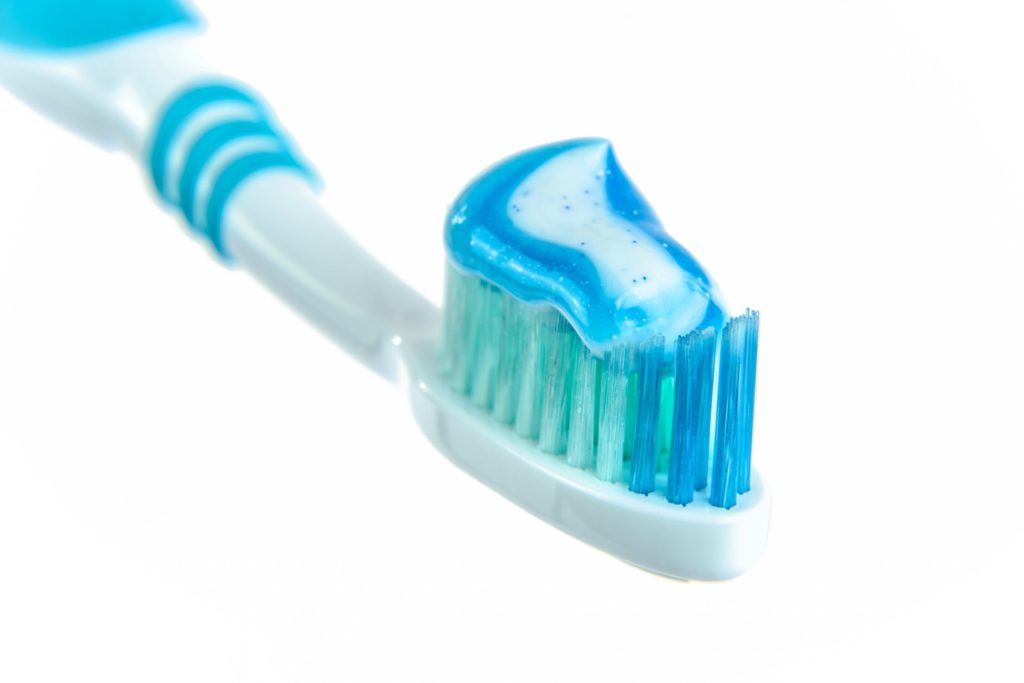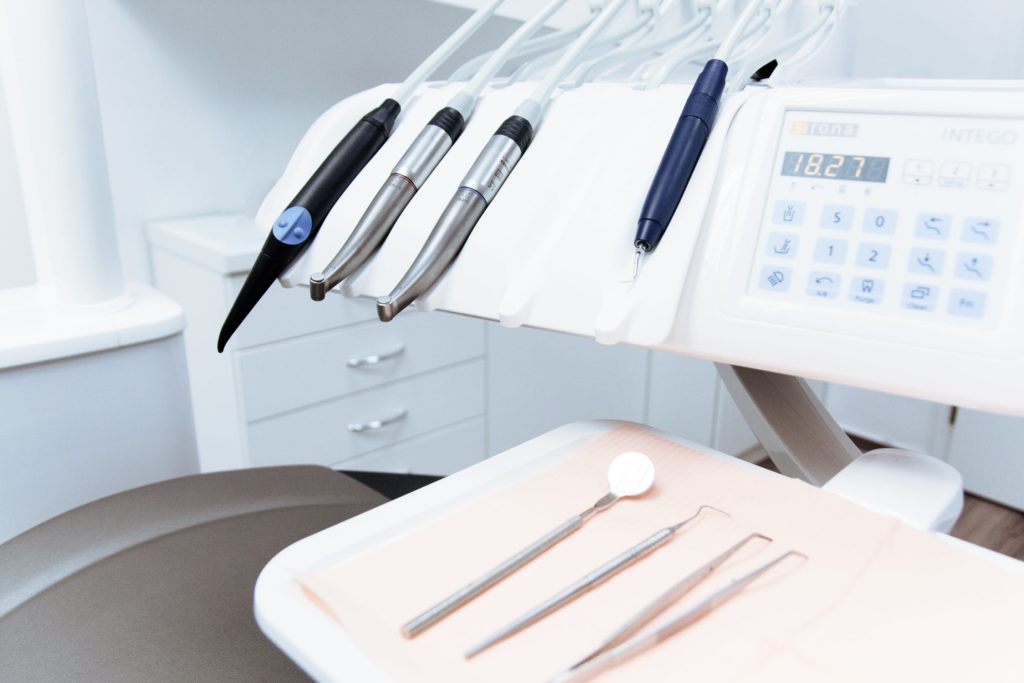Dentists often use porcelain inlays to strengthen teeth affected by cavities and tooth decay. Depending on the extent of the damage, you might receive recommendations of porcelain inlays and onlays. Typically, both these options for smile makeovers are stronger and more long-lasting as compared to fillings. Like fillings, they match the original teeth in color and blend with the dental structure to give you a perfect smile. Read ahead for more information about how porcelain inlays work.
How Inlays Differ from Fillings
Essentially, inlays are a form of fillings, which is why they are also called indirect fillings. When you have tooth decay, the dentist removes the affected section of the tooth by drilling. Next, the hollowed-out space is filled using composite material or amalgam that closely resembles the other teeth. Removing the diseased area of the tooth and inserting the filling takes a single dental appointment at our clinic in Calgary. And, usually, the cusp or uneven surface of the tooth is left intact.
Often times, the empty space left behind is too large to be covered with a filling. In that case, porcelain inlays may be a more effective option. Such inlays are made out of tough materials like composite resin, porcelain, ceramic, or gold. Each indirect filling is customized to match the exact shape and size of the empty gap. Dentists take a cast of the gap and place an order with a specialist lab. Some clinics may also create the inlay onsite. In case the cavity was too big, you might receive a temporary dental filling until the customized inlays are ready for fitting.
As compared to fillings, porcelain inlays are a more practical option. Not only are they stronger, but unlike fillings, the ceramic is unlikely to compress after setting. As a result, you have a lower possibility of developing gaps between the filling and tooth walls where food particles can accumulate and cause problems. Further, the surface of the inlay is more likely to resist wearing away over time as you continue to use it for eating.
Porcelain Inlays and Onlays – The Difference
Both dental restoration options are made with porcelain and work to repair the appearance of your smile after cavity treatment. Dentists use porcelain onlays when a larger section of the tooth is affected by caries and needs removal. You might consider the option as a less extensive alternative to dental crowns. When getting crowns, the doctor must shave off the surface of the entire tooth and attach the cap to give you functionality and durability. But, if only a small section of the tooth needs to be trimmed, porcelain onlays are more effective. Just as with porcelain inlays, dentists take an impression of the dental structure and place an order for you. When the partial cap is ready, cement is used to bond it to the surface of the tooth. Your doctor will also shape the top of the filling so that it has a cusp. This cusp is the uneven edges necessary for proper chewing.
Opting for indirect porcelain onlays has an added advantage. Conventional crowns involve removing most of the outer section of the tooth including healthy enamel to make adequate room for the cap. For this reason, getting a crown is a permanent solution. On the other hand, if you opt for porcelain inlays or onlays, the dentist will only remove the diseased part leaving the rest of the healthy tooth intact.
Sign Up for Treatment with Experienced Dentists
Should you opt for less aggressive dental solutions like porcelain inlays and onlays, make sure to choose expert dentists who can shape the cusp of your teeth properly. This precision is essential so that the teeth in the upper and lower jaws and dental structure align perfectly. Further, using the right adhesive to attach the inlays can be critical to the success of the treatment. In case the adhesive is loose or leaves spaces, you risk developing cavities again. Do keep in mind that unlike fillings, you’ll come in for a second appointment to have the inlays or onlays inserted into place. Typically, the interval between your first and second appointment is one or two weeks. Rest assured that there is rarely any discomfort and dentists use a topical anesthetic to numb the area before working on you. On request, dentists also provide mild sedation dentistry to keep you comfortable.
Caring for the Temporary Filling
If the dentist at our clinic in Calgary has opted to affix a temporary inlay, you must follow directions and take care of the tooth. For instance, the doctor may ask you to avoid eating any hard or sticky foods that could crack or dislodge the inlay or onlay. Further, you must brush and floss thoroughly and use a good mouthwash to get rid of the bacteria in the mouth. The treated tooth could also be vulnerable to bacteria and sensitive to hot and cold foods. Make sure to arrive on schedule for the second appointment to get the porcelain inlays attached. Delaying attaching the indirect filling can lead to long-term problems.
When Inlays are Recommended
As explained above, dentists recommend porcelain inlays to restore the tooth only when small sections need to be removed. Here are some of the other instances where this treatment is needed.
- Fractured or broken teeth where the root and lower sections are intact
- An injury that affects only the upper sections of the tooth
- Larger cavities that affect the structural integrity of the tooth
Since most patients prefer natural-looking materials, opting for ceramic or porcelain inlays gives more aesthetic appeal.
Why Opting for Porcelain Inlays and Onlays is a Smart Idea
Given a choice between porcelain and other materials, the former is always a smarter option. Here are a few good reasons why aside from the fact that you’ll get better results.
- Porcelain inlays are available in a range of colors and customers can get exact matches with their original teeth. You can also order the ideal kind of translucency.
- Once installed, porcelain blends with the natural dental structure and is scarcely noticeable.
- Porcelain prevents future dental cavities by filling the interior of the tooth completely.
- Both inlays and porcelain onlays can be customized to achieve a perfect fit.
- You can expect that the treatment will last you a long while. Most inlays last users at least 10 to 30 years or more. Maintaining proper dental hygiene and recommended care can extend life.
- You won’t need to worry about discoloration and staining from tobacco, wines, sodas, and caffeinated drinks.
- Amalgam metals can take on a dark appearance that looks unsightly when you speak and laugh. Porcelain inlays eliminate that problem. Further, new research has raised concerns about the safety of the metals in amalgams. For this reason, dentists no longer recommend getting these indirect fillings.
- You’ll avoid tooth sensitivity and the eventual loss of enamel and dentine.
- Since inlays can restore the strength and functionality of the tooth, you can avoid opting for tooth extraction. And, the need for additional treatment like getting dental implants. https://southcentredental.ca/dental-implants-calgary/
- Caring for porcelain inlays and onlays is easy. You’ll continue with regular brushing and flossing habits using a good quality toothpaste.
- Porcelain can strengthen the tooth by 75%.

Understanding How the CEREC Device Works
Chairside Economical Restoration of Esthetic Ceramics (CEREC) is an innovative process of creating porcelain inlays and onlays. This system is suitable for patients who would prefer to complete the treatment at a single appointment. Further, patients who have a quick gag reflex and cannot give dental impressions can also opt for the CEREC. Dentists use a small infrared camera to take scans of the dental cavity and assess the shape of the required indirect filling. The computerized CEREC machine uses the scans to mill the inlay from a single block of porcelain while you wait. As soon as the prosthetic is ready, the doctor attaches it to the tooth right away. Most clinics maintain a selection of different blocks so patients can get instant treatments.
Overview of the Expected Costs
Having understood the benefits of porcelain inlays, one of the first questions you’ll likely have is about the expected cost. The total expense of the treatment can depend on various factors. For instance:
- Your location, getting dental procedures in some places can cost you more than others.
- The level of expertise of the dentist performing the treatment. If the professional has more advanced skills and experience, you could expect to pay more.
- The size of the indirect fillings you need. If the size of the indirect filling is larger, you can assume, the cost will be higher. Further, porcelain onlays are typically more expensive since they are larger and cover a bigger section of the tooth. You’ll also include the cost of shaping the cusps after attachment.
- The number of teeth that need porcelain inlays and onlays.
- The type of teeth that need treatment. For instance, working on the back teeth can be trickier and need expert shaping skills as compared to the front incisors or canines.
- The material you’ve chosen for the indirect filling. Composite resin is typically more economical as compared to gold or porcelain. Further, if you’re working with dentists using the CEREC technology, you may have to cover the charges of the lab technicians creating the customized porcelain inlays for you.
When you visit our dental clinic in Calgary, the doctor examining you will provide an estimate of the costs. Typically, inlays may cost you anywhere from $250 to $1,500. Porcelain onlays are more expensive ranging from $350 and $1,500 since they are larger in size. The dentist at our Calgary clinic will advise on the best course of action and suitability of the treatment for you.
Insurance Coverage for Indirect Fillings
If you can get reimbursement from your insurance provider, that could bring down the expenses, to some extent. Depending on the terms and conditions of your policy, dental treatment like porcelain inlays and onlays fall into categories such as “basic” or “major” services.
Some insurance companies consider indirect fillings as basic treatment along with regular teeth cleaning, fillings, and other dental work. Further, they may have pre-set limits on the coverage they provide. You might be able to get about 80% reimbursement for the costs, which can vary according to the area where you live and the type of porcelain inlays or onlays you need. On the other hand, if the treatment falls in the major category, the insurance carrier may cover only 50% of the total expense. At the time of making your decision, check with the dentist for advice. If you have good insurance coverage, the treatment could work out within your budget.
Getting Inlays and Onlays is Well Worth the Cost
Considering the many positives, getting porcelain onlays or inlays is worth the cost and investment. In terms of aesthetics, such inlays are almost invisible and a perfect choice for smile restoration. You’ll also find that their durability and functionality helps you avoid the possibility of further tooth decay and any other problems with speaking or eating.
If you’ve just had treatment for cavities, the dentists at our clinic in Calgary will talk to you about the next steps for smile restoration. You’ll opt for a crown, dental veneers, or inlays and onlays. Rely on the judgment of practitioners like Dr. Jennifer Silver to guide you in the right direction. If you need more information about how porcelain onlays and inlays work, contact us by adding your phone number, email ID, and query on the form provided. We’ll get back to you with all the details you need. If you would prefer to talk to one of our associates, call this number: (403) 278-1415. Today!
References:

